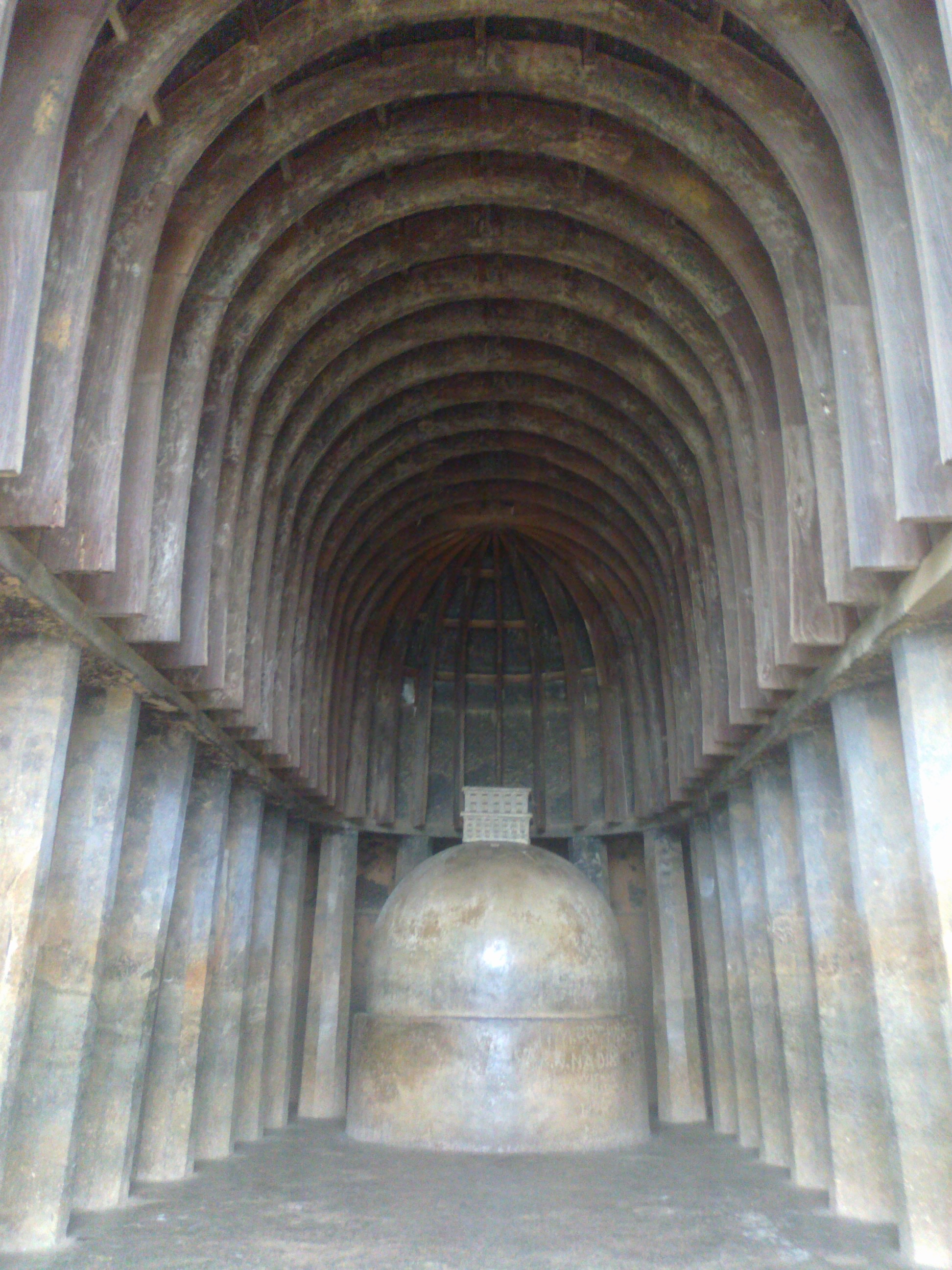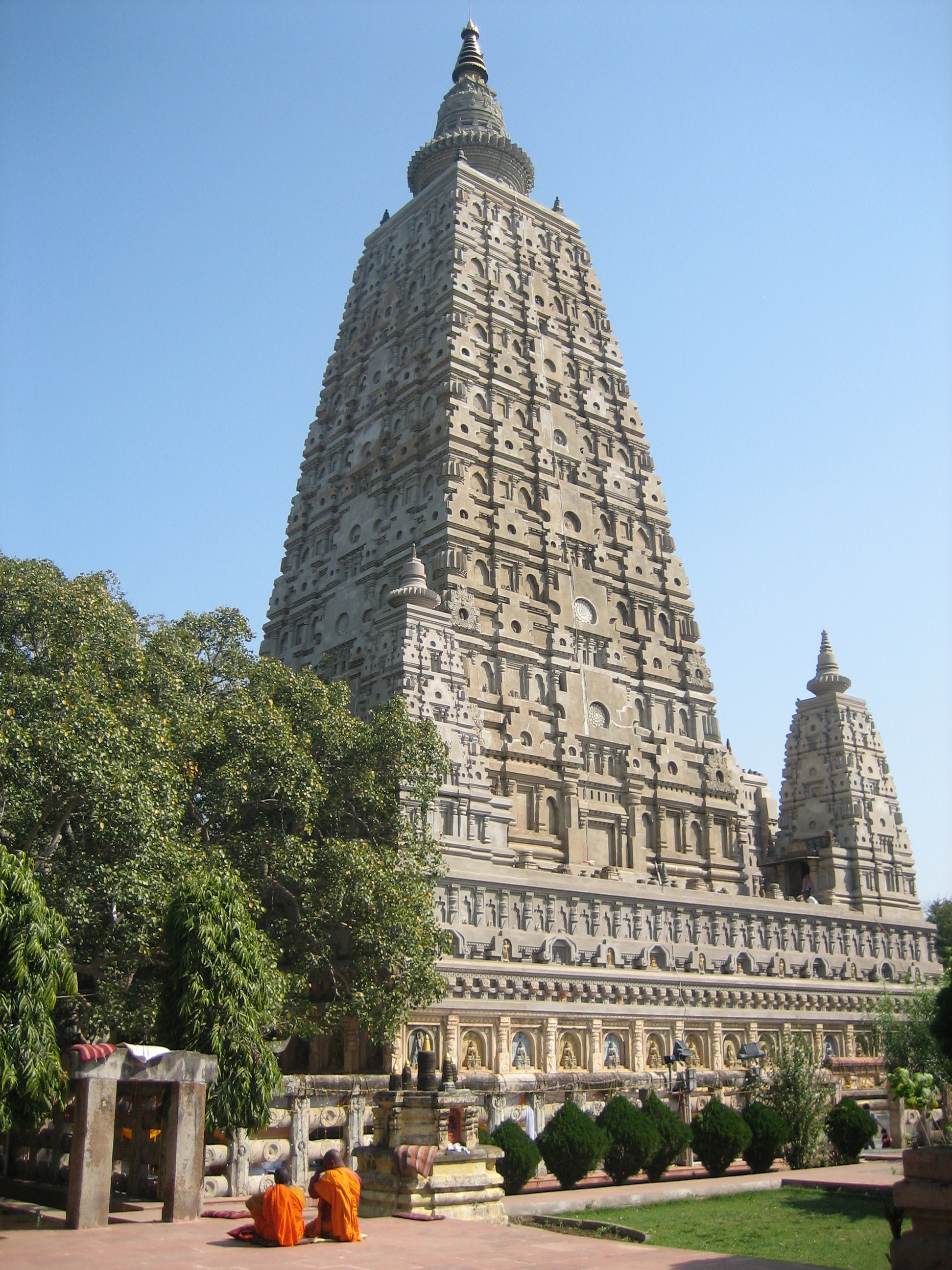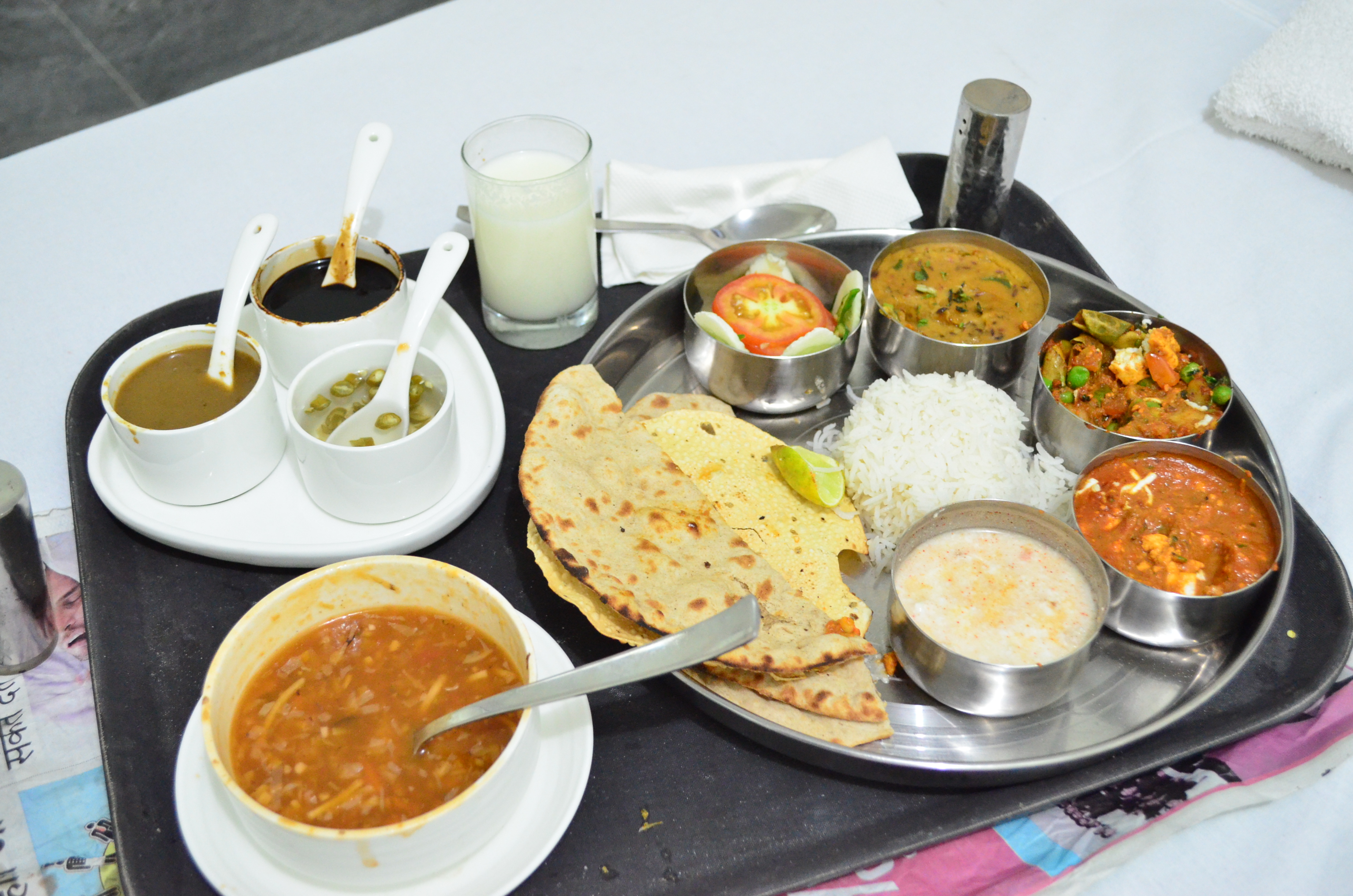| Sanchi Stup Biswarup Ganguly, CC BY 3.0, via Wikimedia Commons |
Introduction: Where Stone Whispers the Dharma
Imagine standing before a massive, ornate dome, its silence echoing with chants from millennia ago. Or walking through the remains of a monastery where monks once debated the nature of reality.
This is the experience of exploring ancient Indian Buddhist architecture—a journey not just through physical space, but through time, philosophy, and spiritual awakening.
As one of the world's oldest and most influential architectural traditions, it represents a profound fusion of spiritual aspiration, artistic genius, and engineering skill. Born from the teachings of Siddhartha Gautama, the Buddha, in the 6th century BCE, this architectural language evolved over centuries to become a tangible expression of the Dharma (cosmic law and order).
This essay delves into the historical and religious importance of these structures, guides you through seven unparalleled wonders that must be visited, and concludes with a sensory delight: exploring the vibrant and tasty local Indian food that surrounds these sacred sites.
 |
| Bhaja Caves temple,Pune Amitmahadik100, CC BY-SA 3.0, via Wikimedia Commons |
The Historical and Religious Significance: More Than Just Stone and Mortar
The development of Buddhist architecture in India is intrinsically linked to the religion's evolution and its dialogue with the prevailing cultural and political landscapes.
It can be broadly divided into three phases, each with distinct architectural styles and purposes.
Stupas: Mound-like structures housing relics (śarīra) of the Buddha or other revered figures. They served as the focal point for devotional practice (circumambulation, or pradakshina) and were cosmic symbols representing the Buddha and the universe.
Viharas: Simple monastic residences, often rock-cut caves or wooden structures, providing shelter for monks during the rainy season (Vassa).
Chaityas: Prayer halls with a stupa at the far end, used for congregational worship. The earliest were apsidal (horse-shoe shaped) halls carved into rock faces.
This phase was patronized by emperors like Ashoka (3rd century BCE), who, after the bloody Kalinga war, embraced Buddhism and propagated it across his empire and beyond. His reign saw the construction of numerous stupas and the erection of pillars with edicts and iconic animal capitals, the most famous being the Lion Capital of Sarnath, which is now India's national emblem.
Elaboration of Stupas and Chaityas: Stupas became more elongated and ornate, with narrative relief panels depicting the Jataka tales (stories of the Buddha's past lives).
Development of the Buddha Image: This necessitated new spaces for enshrinement, influencing the design of chaityas and leading to the creation of freestanding temples.
Religiously, every element of these structures is deeply symbolic. The stupa represents the Buddha's mind and the path to enlightenment. The harmika (square railing on top of the dome) symbolizes the world of the gods, the spire the axis mundi (world axis), and the three umbrellas the Triple Gem (the Buddha, the Dharma, and the Sangha). The act of building was itself a meritorious deed, a form of devotion that aided in one's own spiritual progress.
If any tourists need any help, here is the official website of the Government of India to guide the domestic and foreign tourists: India Tourism Development Corporation (ITDC)
Seven Architectural Wonders of Indian Buddhism: A Pilgrim's Itinerary
To truly understand the scale and beauty of this tradition, one must walk among its ruins and restored marvels. Here are seven sites that are non-negotiable for any enthusiast.
 |
| Ajanta Caves © Vyacheslav Argenberg / http://www.vascoplanet.com/, CC BY 4.0, via Wikimedia Commons |
 |
| Mahabodhi temple in Bodhgaya, India Bpilgrim, CC BY-SA 2.5, via Wikimedia Commons |
 |
| Typical Veg North Indian Thali Prav2991993, CC BY-SA 4.0, via Wikimedia Commons |
A Culinary Pilgrimage: Savoring the Local Flavors
A journey through India's Buddhist circuit is as much a feast for the stomach as it is for the soul. The local cuisine in these regions is deeply rooted in the land's agrarian culture and reflects centuries of tradition.
While the Buddha himself advocated for mindful eating and simple food, the regions surrounding these sites offer a diverse and delicious culinary landscape.
The North Indian Belt (Sarnath, Bodh Gaya, Nalanda): This is the heartland of Bihari and UP cuisine. Expect hearty, vegetarian-friendly food. Must-try dishes include:
Litti Chokha: The signature dish of Bihar—whole wheat balls (litti) stuffed with spiced sattu (roasted gram flour) and roasted over coal, served with chokha (a mash of roasted eggplant, tomatoes, and potatoes). It is humble, flavorful, and incredibly satisfying.
Sattu Sherbet: A refreshing and nutritious drink made from sattu, water, lemon, and spices.
Kadhi Bari: Chickpea flour dumplings in a spiced yogurt gravy, often served with rice.
Vegetable Curries and Dal: The staples of the Indian thali, often flavored with panch phoron, a five-spice blend common in the east.
The Central and Western Indian Belt (Sanchi, Ajanta, Ellora): The cuisine here is a mix of Maharashtrian and Malwa influences. It is known for its bold flavors, use of peanuts, and goda masala.
Poha: A ubiquitous breakfast dish of flattened rice sautéed with onions, turmeric, peanuts, and mustard seeds, often topped with sev (crispy noodles) and a squeeze of lime.
Bhutte ka Kees: A unique Indore specialty made from grated corn cooked with milk and spices.
Dal Bafla: A Malwa region specialty similar to Rajasthan's dal baati—wheat balls boiled and then baked, served with rich dal and ghee.
Street Food: The cities near these sites, like Aurangabad, offer vibrant street food scenes with vada pav, missal pav, and fresh sugarcane juice.
The food is not merely sustenance; it is an integral part of the cultural experience. Eating a simple, hot meal of dal and rice after a day of exploring ancient ruins connects you to the land and its people in a profoundly simple and human way.
Conclusion: An Enduring Legacy Carved in Stone and Spirit
The architectural wonders of ancient Indian Buddhism stand as silent, steadfast sentinels to one of history's most profound spiritual revolutions. They are not relics of a dead past but living monuments that continue to inspire awe, peace, and introspection in visitors from all over the world. From the symbolic simplicity of the Sanchi stupa to the intellectual grandeur of Nalanda and the artistic splendor of Ajanta, this architectural journey maps the evolution of a philosophy that sought to understand the nature of suffering and the path to liberation.
To walk among these sites is to take a pilgrimage through the very heart of the Dharma, where every carved panel, every brick of a vihara, and every spire pointing skyward tells a story of devotion, art, and the relentless human quest for meaning. And as you travel this path, the delicious, earthy, and vibrant local cuisine provides the perfect nourishment, grounding your spiritual journey in the rich, tangible flavors of India. It is a holistic experience that engages the mind, the soul, and the palate, leaving an impression that lasts long after the journey ends.